A Visual Guide to Tendinitis

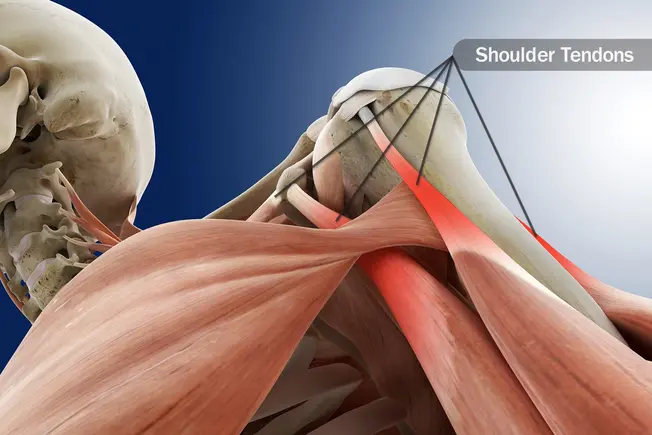
What Is Tendinosis?
Your tendons are cords that attach muscle to bone. If you put too much weight on them or lift something suddenly, it can cause tiny tears that lead to swelling, pain, and make it hard to move. You might also get tendinosis if you do the same motion over and over at work or when you play sports.

Symptoms
You typically have pain around a joint, especially if you continue to use it a lot in hobbies, sports, or on the job. It may feel weak, look swollen and red, and feel warm to the touch. In rare cases when infection causes tendinosis, you also could have a rash, fever, or unusual discharge. Other symptoms depend on where the inflamed tendon is.
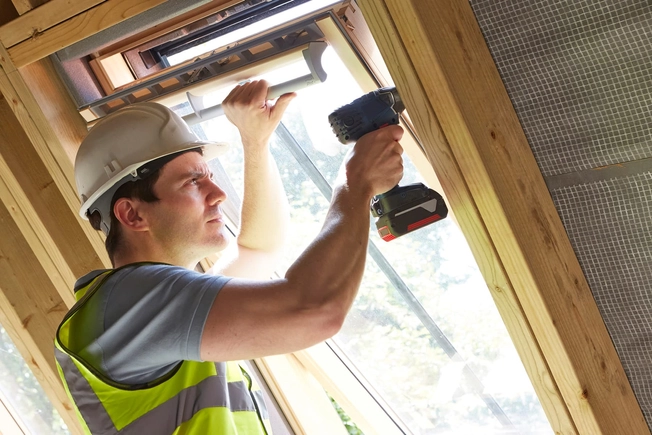
Causes
Repeated motions in activities like carpentry or landscaping, and sports like tennis, golf, skiing, and baseball, are common culprits. But it can also happen quickly from a sudden strain, or if you do something new, especially over your head, like painting the ceiling. Long-term tendinosis also might be due in part to age or diseases like arthritis that wear down your tendons and other tissues.
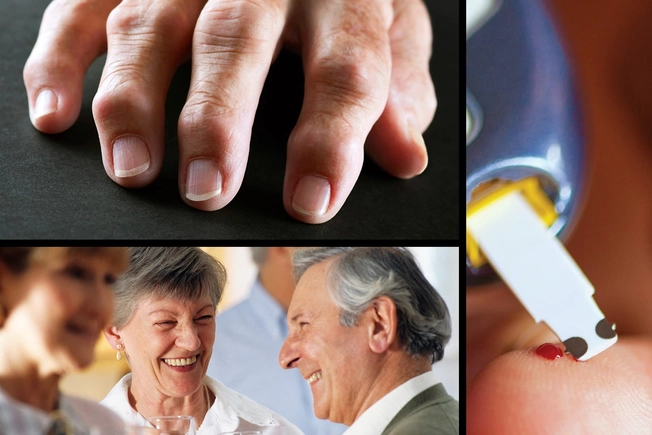
Who Gets It?
Tendinosis can happen to anyone, but it's more likely if you have arthritis, gout, diabetes, or kidney disease. Your chances also go up if you take drugs like fluoroquinolone antibiotics and cholesterol-lowering statins. Poor posture can put you at risk. Older people are more likely to get it because your tendons get less stretchy and easier to tear as you age, especially after 40.
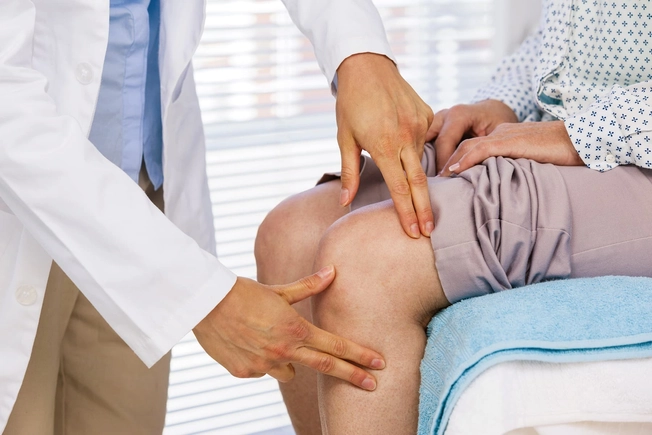
Diagnosis
Tell your doctor about your medical history and joint injuries. They'll want to know where it hurts, if it tingles, or gets better when you rest. They'll examine the joint and might bend it to see if that makes the pain worse. Tell them about changes in your work or exercise routines, which could be a cause. This is usually enough to know if it's tendinosis, but in some cases you may need blood tests or imaging tests like X-rays or MRIs.

Early Treatment
The quicker you start, the better it will work. Give your joint a rest and try to stop activities that make you feel worse. When your symptoms flare up, ice the injured or painful spot for 20 minutes at a time. Over-the-counter medications like non-steroidal anti-inflammatory drugs (NSAIDs) can also help.
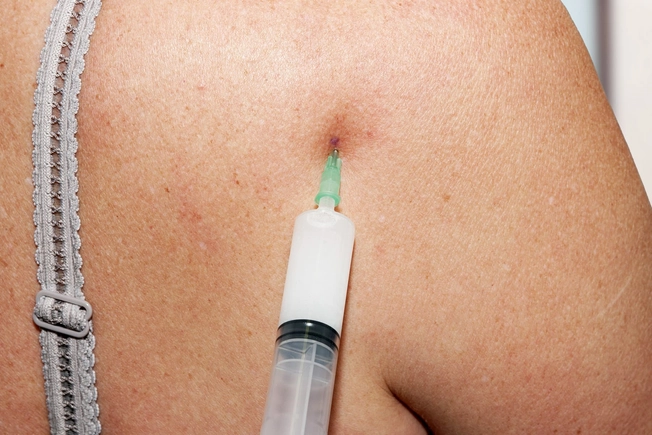
Advanced Treatment
If it still hurts a week after a flare-up starts, your doctor may suggest corticosteroid shots, sometimes called "steroids," which can quickly lessen pain and swelling. A splint can help by keeping you from moving in certain ways. You may also get physical therapy that increases your range of motion. Surgery is rare for tendinosis.
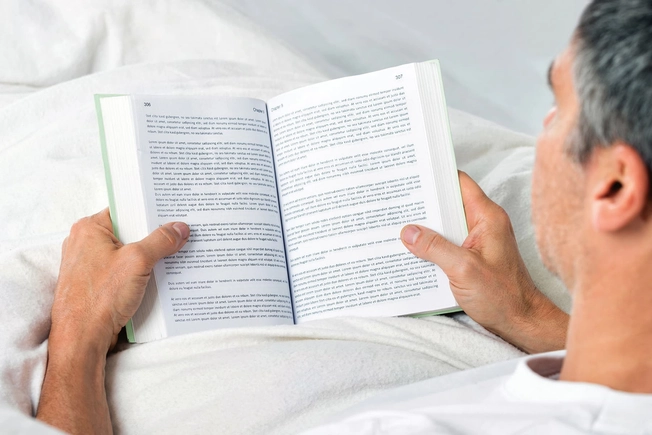
Recovery
It can last anywhere from a few days to a few weeks. This depends in part on where it is and how bad a case you have, but also on what you do after your tendinosis begins. If you stop the activity that triggered it, start treatment promptly, and rest for enough time, you can shorten your recovery time and help avoid re-injury.
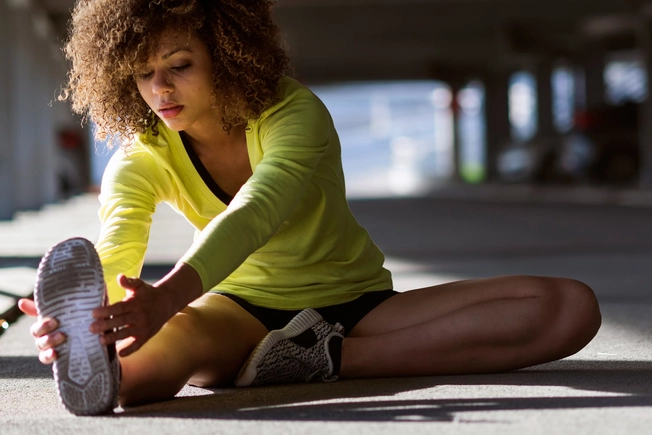
The Right Approach to Sports
You can help prevent repetitive motions from leading to an inflamed tendon if you stretch and warm up before any activity. Slowly increase your level of intensity. Make sure you have the right shoes and other equipment. Pay attention to the correct technique. A sports medicine doctor or coach may be able to watch you and help you learn how to avoid injury.
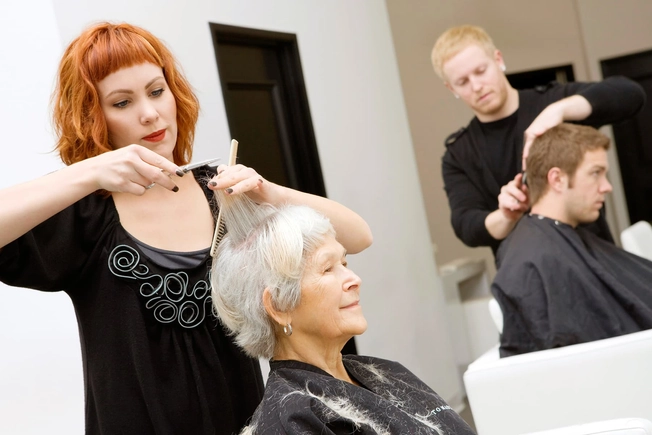
Prevention Tips
Avoid staying in the same position for too long. If your work keeps you still for hours on end, try to take breaks and move around every 30 minutes or so. If some action causes pain, stop! Good posture for sitting, walking, running, lifting -- any activity, really -- can help, too. Use a firm, but not overly tight grip when you pick up heavy things, and avoid lifting with just one arm or only one side of the body.
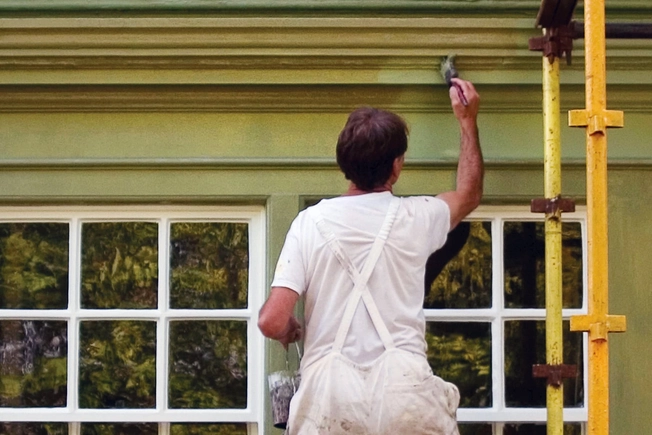
Shoulder
Here, tendinosis most often affects the rotator cuff, a group of tendons and muscles that keeps the top of your upper arm bone firmly connected to the shoulder socket. The typical person who gets it is a man older than 40 who does a lot of physical labor on their job. Any repeated overhead motion puts you at risk, Carpenters, painters, welders, swimmers, and baseball players are more likely to get it.

Tennis Elbow
This form of tendinosis causes pain on the outer side of your elbow joint. Almost half of all adult athletes who play sports like tennis, squash, and racquetball will get it at some point. But anything that makes you flex and twist your wrist repeatedly -- turning a screwdriver, pulling weeds, carrying a briefcase -- can cause the condition.
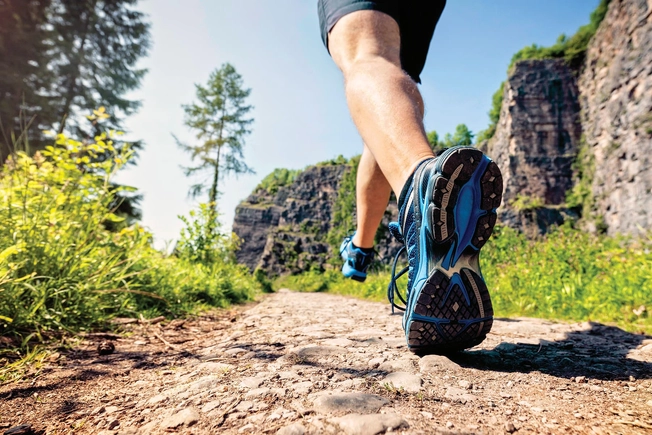
Achilles Tendon
This thick, ropey tendon runs down the back of your leg and attaches your calf muscle to the heel bone. When inflamed, you'll have pain at the back of the leg, 2 to 4 inches above the heel. It causes 15% of all running injuries, sometimes because of the wrong shoes or problems with your form. But doing a lot of running or jumping of any sort can do it, as well as inflammatory diseases like arthritis.
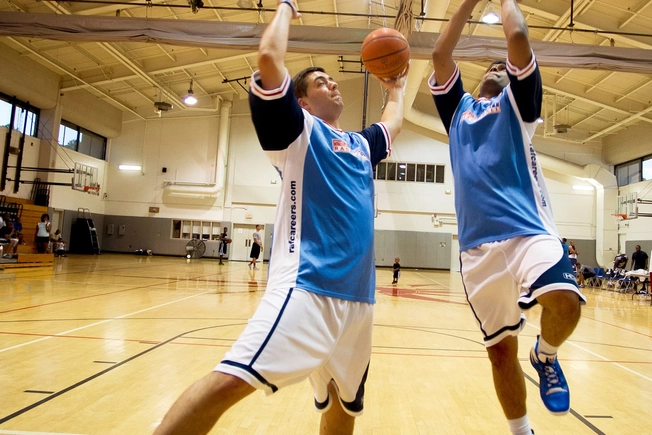
Jumper's Knee
It's the most common type of tendinosis in the knee. It inflames either the patellar tendon at the lower edge of the kneecap or the quadriceps tendon at the upper edge. It usually happens when you use them too much, and is typical in basketball players and distance runners that train a lot.

Wrist
De Quervain's disease, the most common type of wrist tendinosis, causes pain at the base of your thumb on the top side of your hand. It happens in people who grasp or pinch with the thumb a lot. It also sometimes develops when you're pregnant, though doctors aren't sure of the reason for this.
IMAGES PROVIDED BY: 1) Springer Medizin / Science Source 2) shih-wei / Thinkstock 3) Highwaystarz-Photography / Thinkstock 4) (Clockwise from top left) rudisill / Getty Images, Marilyn Nieves / Getty Images, Paul Thomas / Thinkstock 5) Wavebreakmedia / Thinkstock 6) AndreyPopov / Thinkstock 7) Dr. P. Marazzi / Science Source 8) AndreyPopov / Thinkstock 9) funduck / Thinkstock 10) moodboard / Thinkstock 12) technotr / Getty Images 13) BrianAJackson / Thinkstock 14) Airman 1st Class Christopher Williams / Wikimedia Commons 15) tongo51 / Thinkstock American Academy of Orthopaedic Surgeons: "Shoulder Pain and Common Shoulder Problems." Cleveland Clinic: "Tendinitis." Harvard Health Publishing: "Tendonitis." JBJS Reviews: "Tendinopathy and Tendon Rupture Associated with Statins." Mayo Clinic: "Tendinitis." |